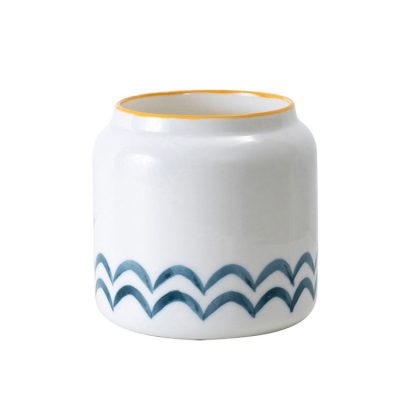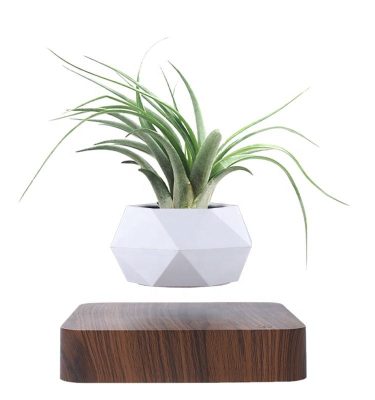In the process of flower cultivation, various physical or chemical methods can be used to determine whether the cultivation conditions of flowers are appropriate. When raising flowers at home, you can also observe and understand the normal growth and abnormal changes of various organs of flowers based on human sensory organs, such as vision, hearing, smell and touch, so as to judge whether the cultivation conditions are appropriate.
Plants with normal root growth, plump apical center, and evenly growing stem nodes; Most flower pot holes often extend white roots, indicating that the pot soil is properly prepared. The stem nodes of photophilous flowers are short and thick, and the leaf color is normal, indicating moderate light; If the stem node is long and stretched, and the leaves are shallow, it is due to large water, high temperature or insufficient light. The growth of leaves is the most obvious damage to soil, water, fertilizer, light, temperature, humidity, ventilation and other cultivation conditions, as well as diseases and pests. The normally growing leaves are smooth and stretch, thick and plump, with bones and muscles in your hands, and the sound of finger flicks is solid; The abnormal leaves are thin in quality and dark in color. They are often wilted, yellow, twisted, curly, concave and convex.
The appearance of flower diseases should be combined with the habits of various flowers to correctly judge which one or several cultivation conditions are inappropriate, and take measures in time. Some flowers and plants have strong stems and luxuriant branches and leaves, but they cannot blossom and bear fruit as scheduled or their flowers and fruits are deformed, usually due to excessive water and fat, resulting in overgrowth; Some are related to lighting, temperature and trimming. Flowers and fruits fall mostly due to excessive water or dryness, or due to sudden changes in temperature or environmental pollution.
In addition to vision, we can also judge the wetness and dryness of the basin soil by listening to the dullness and crispness of the sound of tapping the basin wall. From the strong and weak smell, identify the raw, mature and fertilizer content of the cultivated soil, as well as the maturity of various organic fertilizers. The amount of organic matter contained in the soil can be seen from the elastic force felt by the finger pressing the basin soil. According to the feeling of kneading and grasping the soil, determine the clay, loose, soft, flat and so on. It is effective in practice to adjust the light, temperature and air humidity according to the direct feeling of the human body.







